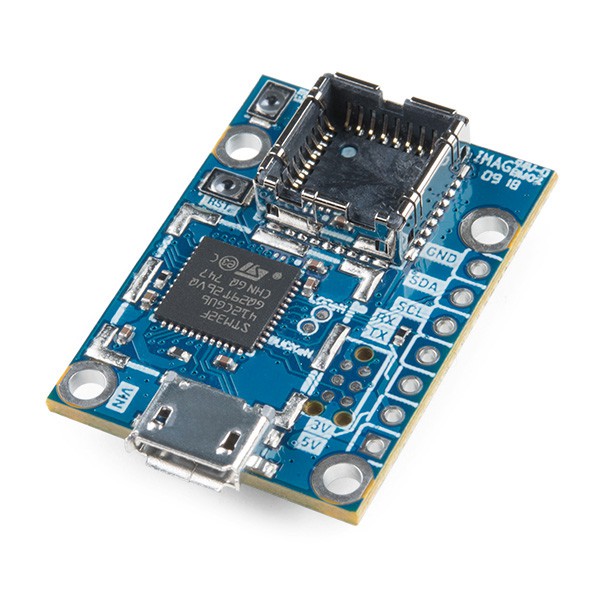-
About one week (two weekends) remain
08/11/2018 at 03:47 • 0 commentsHi all,
A quick note -- about one week (and two weekends) remain for the Hot Camera Contest. There are very few submissions at this point (and, to the best of my knowledge, none that are complete), so if you're able to meet the criteria, the chances are currently high for you to walk away as the winner.
Thanks to all contributors, and best wishes.
-
Merging prizes, helpful notes
07/25/2018 at 04:29 • 0 commentsHi all,
We have about four weeks to go in the Hot Camera contest! Here are a few quick announcements, notes, and helpful resources:
1. In the event of only one winner, the prizes will merge
In light of the very different platforms (ESP32 Arduino vs Raspberry Pi Zero W) and very different available open resources for these platforms, I'd like to make a favourable rule modification: If, at the end of the contest, one platform doesn't receive a complete submission, then the total of both prizes ($250 in Sparkfun credit) will go to the winner of the platform that does submit a complete and winning entry. That means (for example) that if there are no complete ESP32 Arduino submissions, but there is a complete/winning Raspberry Pi Zero W submission, then the Raspberry Pi Zero W winner will receive $250 in Sparkfun credit instead of $125.
2. FLIR Lepton Google Group
A helpful resource for those developing software and drivers interfacing to the Lepton: https://groups.google.com/forum/#!forum/flir-lepton
3. Possible low-hanging fruit: The PureThermal 2
![]()
The new PureThermal 2 board is advertised as having open firmware that can be updated over USB, and that already supports the Lepton 2.5 (and 3.5) in radiometric mode. It also keeps track of all the sensitive timing of the sensor, making it significantly easier to interface with other platforms (like the Raspberry Pi Zero). My sense of things is that getting this board to work with the Pi Zero in Radiometric mode (they already seem to work with the larger Raspberry Pi's), then making modifications to the firmware (and possibly simple modifications to the board itself) to support a low-power mode, might be one of the easiest paths to success, and most broadly useful for the community of users.
thanks for reading and contributing!
Hot Camera Contest
A contest for open drivers for the ESP32 and Raspberry Pi Zero W for the FLIR Lepton in Radiometric mode
 peter jansen
peter jansen